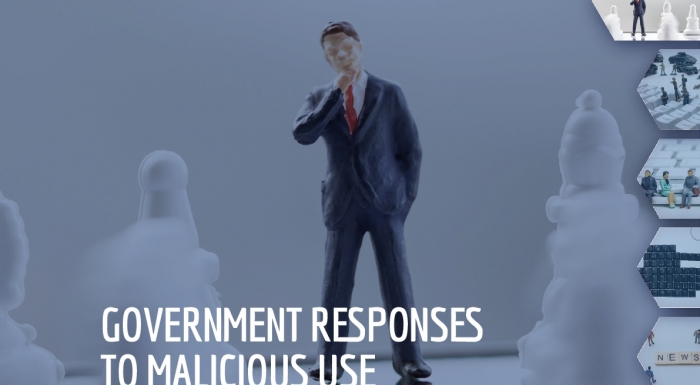Misinformation and professional news on largely unmoderated platforms: the case of telegram
research,
27 May 2022

The following paper was published by the NATO STRATCOM Centre of Excellence as a part of their series on ‘Countering the Malicious Use of Social Media.’ You can read the paper on their website here.
Since 2016, at least 43 countries around the globe have proposed or implemented regulations specifically designed to tackle different aspects of influence campaigns, including both real and perceived threats of fake news, social media abuse, and election interference. Some governments are in the early stages of designing regulatory measures specifically for digital contexts so they can tackle issues related to the malicious use of social media. For others, existing legal mechanisms regulating speech and information are already well established, and the digital aspect merely adds an additional dimension to law enforcement.
Our research team conducted an analysis of proposed or implemented regulations and identified a number of interventions. Some measures target social media platforms, requiring them to take down content, improve transparency, or tighten data protection mechanisms. Other measures focus on civil actors and media organisations, on supporting literacy and advocacy efforts, and on improving standards for journalistic content production and dissemination. A third group of interventions target governments themselves, obligating them to invest in security and defence programs that combat election interference, or to initiate formal inquiries into such matters. Finally, a fourth group of interventions take aim at the criminalisation of automated message generation and disinformation.
Samantha Bradshaw, Lisa-Maria Neudert & Phil Howard, “Government Responses to Malicious Use of Social Media.” Working Paper 2019.2. Oxford, UK: Project on Computational Propaganda. demtech.oii.ox.ac.uk. 19 pp.
research,
27 May 2022
post,
17 May 2022
post,
19 April 2022
research,
6 April 2022